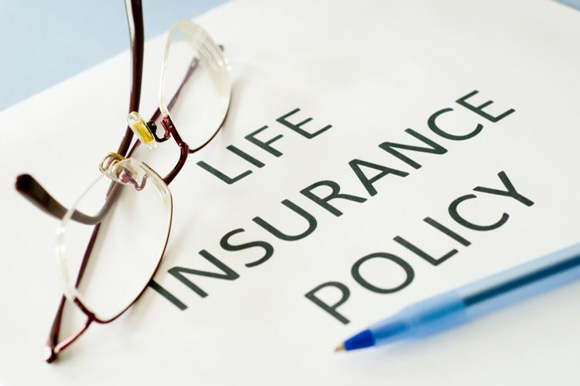The simplest form of life insurance policy is term insurance. It could provide long-term financial protection, such as up to 30 years after consumers purchase the plan. Term insurance policies are relatively affordable and they can be well-suited for our goals. They can help us to afford paying off mortgage and raising children. Term life insurance also provides death benefit, but no cash savings offer. Having a term life insurance is just like renting a house. It can be seen as a short-term financial solution. The monthly costs are typically lower, but we won’t build equity with it. People who need insurance protection may have limited resources, but once they are more capable financially, it is possible for them to switch to a more permanent solution. In essence, term life insurance should be a cost effective way to protect our family financially and we may still have some money that we can put into other investment platforms.

Permanent life insurance is a good solution if we want to have long-term financial protection. Other than the usual death benefit, we also get cash savings. However, because there’s the savings element, the overall premiums can be quite high. This form of insurance should be adequate for long-term financial goals. If term life insurance is like renting a house, having permanent life insurance is like owning our own house. This is a good long-term insurance protection and although the monthly costs can be higher, our payments should be able to build our equity over time. Not only the surviving family members are able to access death benefits, they can also access the accumulated cash value.
Another type of life insurance policy is renewable term insurance. The policy allows us to renew the coverage when the term ends and we can do that without submitting new medical information. Even if our health declines, the company still agrees to renew our policy. However, the premium rate may increase after each renewal. With convertible term life insurance, we have the opportunity to convert term life insurance into a permanent one and we can do that without providing an evidence of insurability, such as medical examination. However, premium for convertible life insurance can be higher than the non-convertible ones. Once we convert the policy into a permanent one, the premiums can be higher than before, but it will remain the same.
With level term insurance, we are able to get fixed premium for a specific period of time, such as ten or twenty years. During this period, the death benefits should remain unchanged. For the period of the life insurance policy, we will be locked in a specific rate. However, if we want to renew with a different level policy, the rates can jump significantly. Another thing that we should have is the decreasing term life insurance. Over its term, the death benefits of this policy will decrease and the premium will also decrease accordingly. This type of policy is useful when we are certain that our income will be significantly higher to cover for the untimely death.

























Leave a Reply